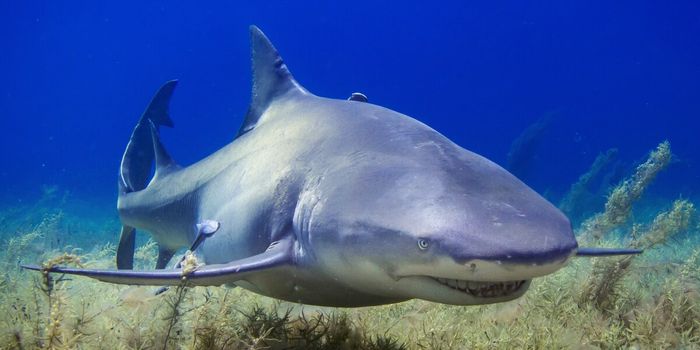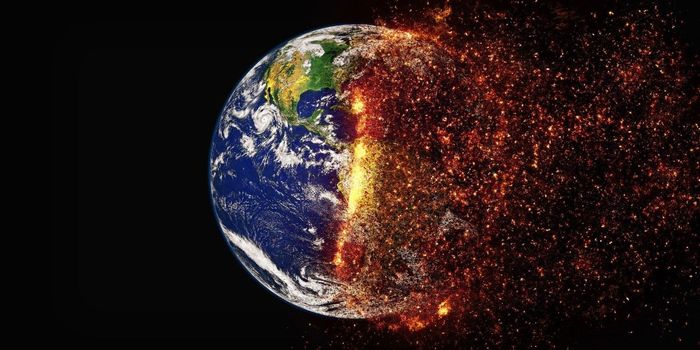Scientists estimate that tens to hundreds of millions of sea stars have died off within the last several years, ranging from Alaska all the way to Mexico. But why? It's all due to what's called sea-star wasting disease. The tell-tale sign of the disease is a pile of "white goo" which is the deteriorated remains of the animal; other times you'll see the effects in the form of a wasted-away arm nowhere near the rest of the anima's body, explains Ben Miner, Associate Professor of Biology at Western Washington University. In the beginning of the disease, a sea star will exhibit white lesions all over its body which will eat away at the organism, killing it within a matter of days.
Miner says that he and colleagues working on the sea stars have yet to identify the cause of the disease. In his research he is responsible for collecting tissue samples which he then sends off to other laboratories to do further analysis including DNA sequencing or tissue composition analysis. The current theory is that the disease is caused by a densovirus which makes sea stars susceptible to attack by microorganisms. The fear is, says Miner, that the virus will affect enough mature adults that the reproducing population will be irreversibly reduced, leaving too few juveniles to be able to repopulate sea star communities. He and other researchers are committed to learning more about the virus in hopes of saving sea stars in our oceans.








